Casting director Stéphane Batut talks about finding the right actors to play real-life characters in Richard Linklater’s love letter to the French New Wave.
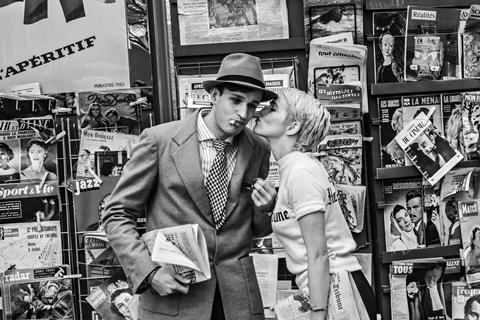
Richard Linklater’s love letter to the French New Wave movement Nouvelle Vague presented both a challenge and an opportunity to casting director Stéphane Batut. Casting a big ensemble of actors who would convince in roles that are familiar faces to film aficionados, especially in France, was no easy feat. On the other hand, he was given the freedom to cast the perfect actors for each role, with the film’s financing not dependent on a roster of star names.
Linklater’s film tells the story of how film critic and shorts filmmaker Jean-Luc Godard created his lauded debut feature Breathless, shooting in Paris in 1959, with a cast led by Jean Seberg and Jean-Paul Belmondo. Batut’s task was to craft a sizeable cast of lookalike actors who portray the real-life filmmakers, actors and behind-the-scenes crew members.
Batut is also a filmmaker who has directed several shorts, two documentaries (2007’s Le Choeur and 2014’s Le Rappel Des Oiseaux) and debut fiction feature Burning Ghost (Vif-Argent), selected for Cannes’ ACID in 2019.
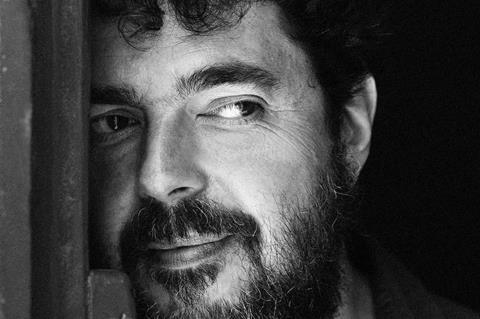
As a casting director, his credits include Alain Guiraudie’s Stranger By The Lake, Claire Denis’ Let The Sunshine In and Alice Diop’s Saint Omer, as well as international projects such as Paul Verhoeven’s Benedetta and Fernando Leon de Aranoa’s A Perfect Day starring Benicio del Toro and Tim Robbins.
Batut boarded Nouvelle Vague in its early stages and from his first meeting with Linklater, he says, “I knew he wanted audiences to believe the characters were the real people and I could sense that he wanted to feel that they were, when he was on set with them. He wanted to have the impression that the audience – and everyone on set – were travelling back in time and reliving the experience with these characters as they were at that moment.”
Batut started months of research into the film’s real-life characters, then worked through hundreds of profiles and videos on local talent agency websites before meeting with top contenders.
He began with the three lead roles – Godard, Belmondo and Seberg – and then characters that would be recognisable to audiences, such as filmmakers Claude Chabrol, Pierre Rissient and Francois Truffaut.
“I have a documentary approach to casting,” says Batut. “I am first interested in the person, then the character. I want to know the person intimately, so I ask them to tell me about a memory that means a lot to them, so I can understand who is the person outside of acting. It is all about the energy this person will bring to the character to then bring the film what it needs.”
For Nouvelle Vague, he sent each actor real interviews from old footage of their characters and asked them to learn the lines from the interviews. Without being prompted, “They all came in costume, complete with the hairstyles of each character,” says Batut, a choice that “liberated them, they had the mask of acting, and were even more natural in the roles”.
Finding Godard
The casting director stumbled upon a video posted by aspiring actor Guillaume Marbeck, who was working as a photographer and ready to give up on acting after struggling to find roles. “[The video was] humorous, and I felt right away he had a Godard-esque quality,” says Batut.
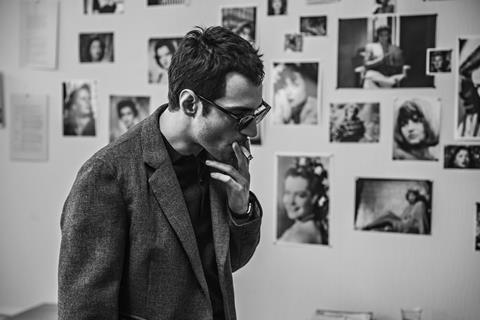
Marbeck attended the first audition “confident and impertinent”. “He arrived with glasses, a suit and a Swiss accent… Before he left, he said to me, ‘Don’t forget to tell the producer I’m not expensive.’”
The actor arrived 15 minutes late during callbacks with Linklater (he was waiting for a friend to lend him Godard’s signature glasses), and later said, “If I’d said sorry, I knew I wouldn’t get the part. Godard would never have apologised.”
Says Batut: “Right away, he acted like Godard.”
The casting director, Linklater and producers were always in agreement that for all of the roles, “they shouldn’t be caricatural or ironic, there was a real desire to believe in their sincerity”.
For Aubry Dullin, who plays Belmondo, “The resemblance wasn’t necessarily physical, but he had all the charm and the spirit of Belmondo – an innocence, a lightness.”
In the search for Breathless make-up artist Phuong Maittret, Batut turned to street casting in a quest for an authentic Vietnamese accent. However, he ended up casting France-born actress Jade Phan-Gia, who adopted the required accent.
Batut says the most difficult roles to fill were Jean Cocteau (played by Jean-Jacques Le Vessier) “because Cocteau is very well known in France and quite a unique brand of elegance and finesse that was hard to find”; Eric Rohmer (Come Thieulin) “because he had a very recognisable voice and specific regional accent”; and Roberto Rossellini (Laurent Mothe) “because I was looking for an Italian who looked like Rossellini, but no-one was convincing enough”. Mothe, who is French, played the role with an Italian accent.
Batut searched for a local Jean Seberg. “I didn’t think an American actress would have been able to speak French well enough for the part,” he explains, but Linklater was sure that US star Zoey Deutch – who he had cast in 2016’s Everybody Wants Some!! – was his Seberg from the get-go. Deutch will be the name most familiar to international audiences for the film, which launched at Cannes before pit stops at the Toronto, New York and London film festivals. Netflix has released in the US, with Altitude to follow in the UK.
Batut describes the casting profession as “being a sponge. Finding a way to understand and integrate the filmmaker’s world, but having enough imagination and freedom to propose things not necessarily written in the script and be led by intuition.
“There is the character, and there is the person playing the character. I like when we can see both on the screen. It leaves room for the audience to experience the film. If we just see the person, it is too intimate and if we just see the character, we don’t connect. It all comes down to finding the right balance.”

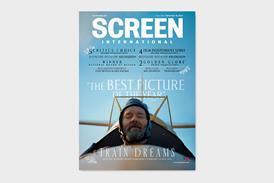



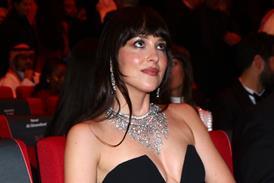

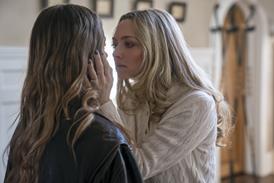

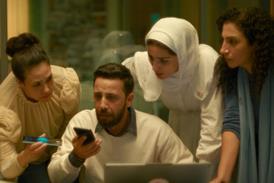




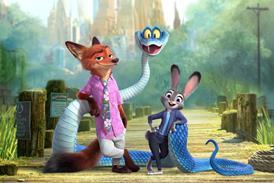
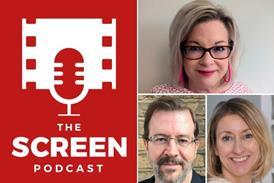









No comments yet